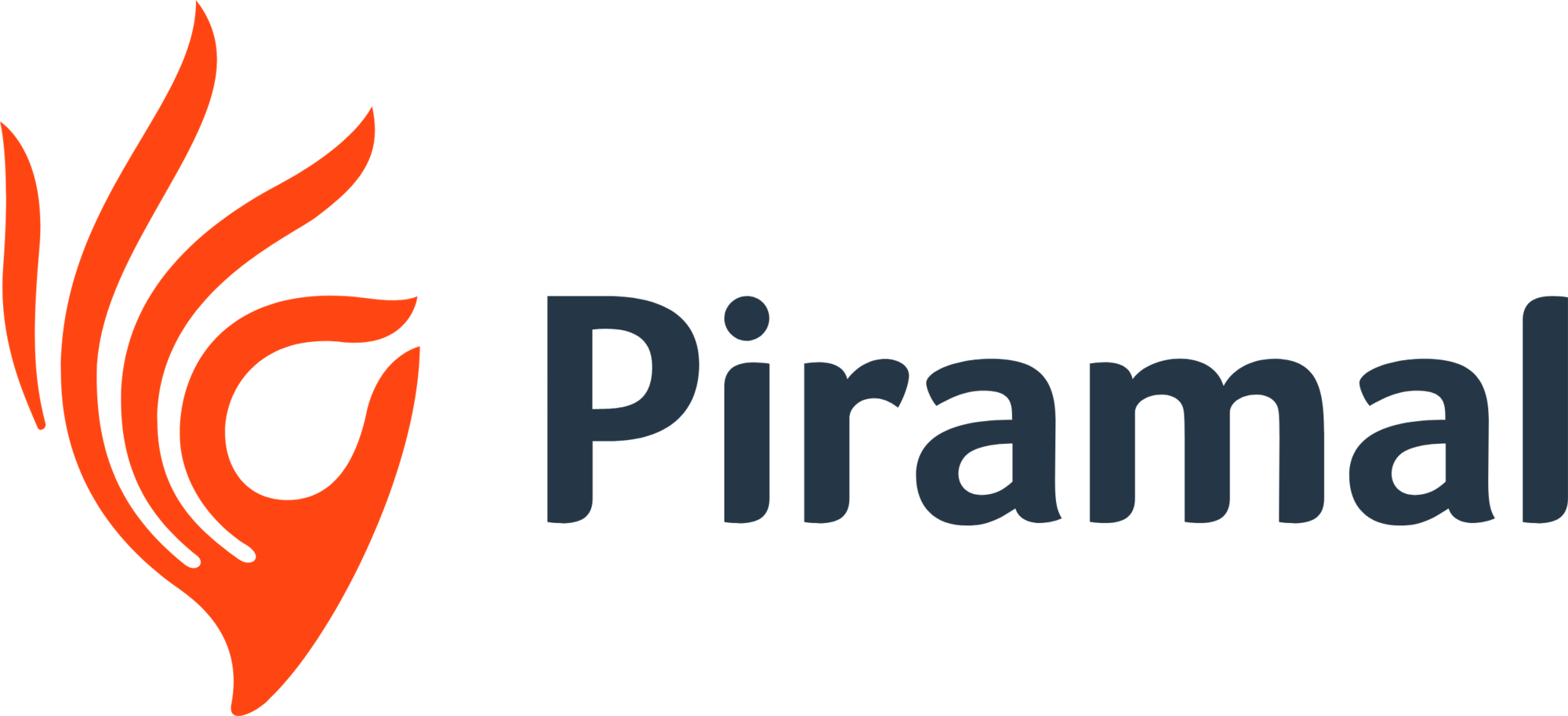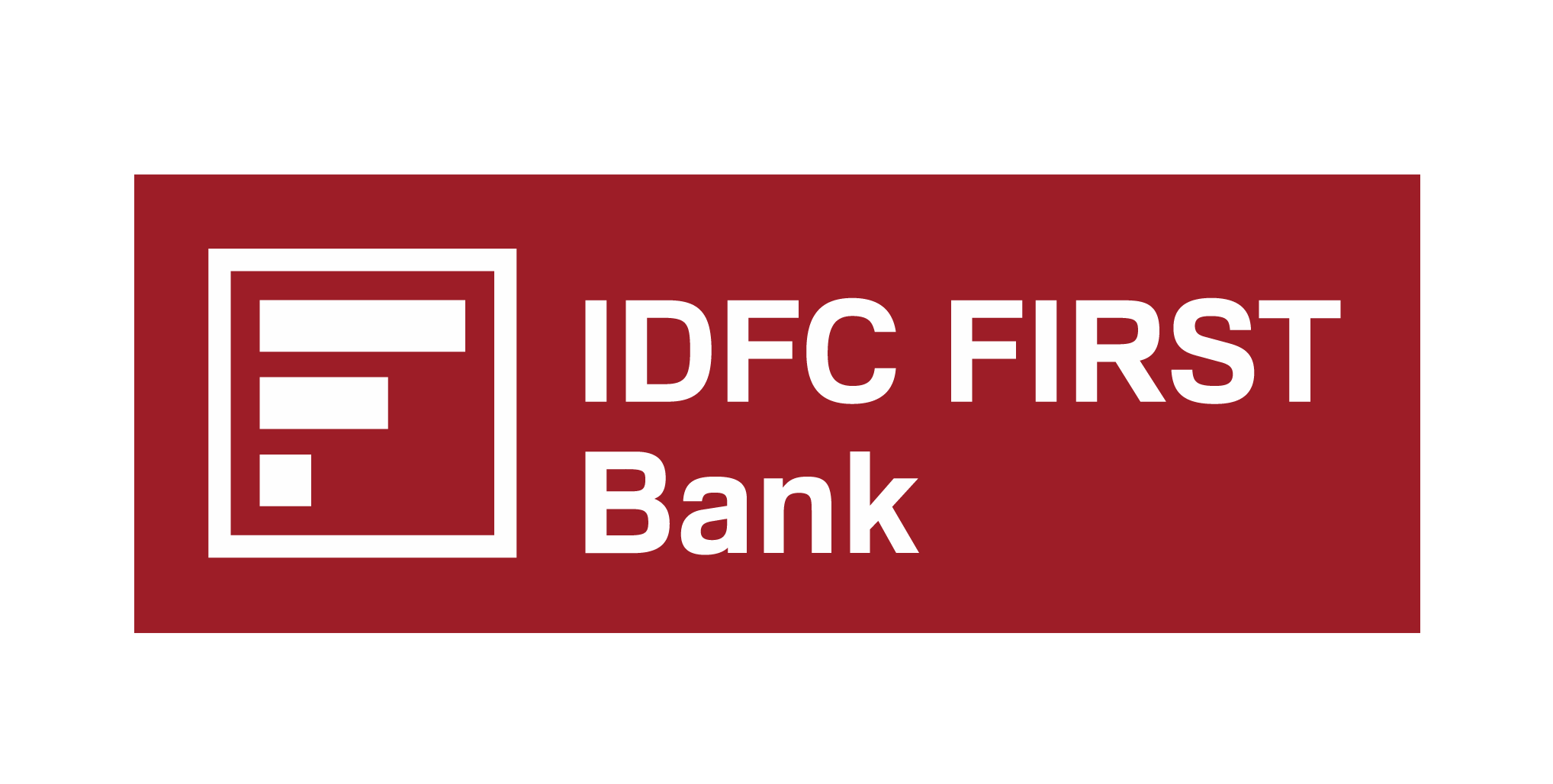Empower Your Finances with Instant Overdraft Access
Shubhdhanam offers flexible overdraft loan solutions to help you cover urgent expenses without hassle. Borrow as you need, repay at your pace—only pay interest on what you use.
Overdraft Loan Overview
An overdraft loan is a flexible credit facility that allows individuals and businesses to withdraw funds exceeding their account balance, up to a pre-approved limit. Unlike traditional loans, where the entire amount is disbursed at once, an overdraft allows you to borrow only what you need, when you need it. This makes it an ideal solution for managing short-term cash flow gaps, handling emergencies, or supporting day-to-day operational expenses.
One of the key benefits of an overdraft loan is that interest is charged only on the utilized amount and only for the number of days it is used. This makes it a cost-effective option compared to lump-sum loans. The credit limit is determined based on the applicant’s income, repayment history, business turnover (for enterprises), and overall financial profile.
Overdraft loans are generally secured against collateral, such as fixed deposits, residential or commercial property, or business assets. In some cases, unsecured overdraft facilities may also be available to applicants with strong creditworthiness and financial standing. The repayment terms are flexible, and the borrower has the liberty to deposit and withdraw funds within the limit multiple times without having to reapply.
At Shubhdhanam, we understand the dynamic financial needs of our clients. Our overdraft loan offerings are designed with flexible terms, minimal documentation, and fast approvals. Whether you’re a salaried individual facing an unexpected expense or a business owner looking to manage working capital, our overdraft loans provide a convenient safety net with complete control over your usage.
Features & Benefits of Overdraft Loan
Overdraft Loan Eligibility Criteria
To ensure responsible lending and smooth approval, Shubhdhanam follows the below list of eligibility criteria for individuals and businesses applying for an overdraft loan:
Age Limit:
Applicants must be between 21 and 65 years of age at the time of loan maturity.Income Stability:
Salaried Individuals should have a minimum monthly income as defined by the lender and a consistent salary credit history.
Self-Employed Professionals and Business Owners must show a stable income and operational track record for at least 2 to 3 years.
Bank Account Requirement:
The applicant must have an active bank account (preferably with regular transactions and salary or business credits). In some cases, the overdraft limit may be linked directly to the bank account.Credit Score:
A minimum CIBIL score of 700 is usually required. A strong credit history improves chances of approval and may result in a higher overdraft limit.Business Turnover (if applicable):
For business overdraft loans, a minimum annual turnover (varies by lender) is required, along with valid business registration documents and financial records.Collateral (optional):
Depending on the loan type, collateral such as fixed deposits, property, or business assets may be required. Unsecured overdraft options are also available for eligible applicants.
Documents Requirement for Overdraft Loan
Salaried Individual
- Id Proof: Pancard/aadhar Card/voter Id/dl/passport (Any One)
- Residence Proof: Aadhar Card(Self Or Spouse Or Parents)/voter Id(Self Or Spouse Or Parents)/passport/owership Light Bill ( Latest 3 Month)/ 6 Month Old Rent Agreement (If Notary Than Required Light Bill But If Registered Than Not Required) Or 6 Month Old Saving Account Or Lastest Gas Receipt(Latest 3 Month).(Any One)
- Banking: 6 Month Salary Account Statement
- Salary Slip: 3 Month Salary Slip Or Salary Certificate
Self-Employed
- ID Proof: Pancard/aadhar Card/voter Id/dl/passport (Any One)
- Residence: Aadhar Card(Self Or Spouse Or Parents)/voter Id(Self Or Spouse Or Parents)/passport/owership Light Bill ( Latest 3 Month)/ 6 Month Old Rent Agreement (If Notary Than Required Light Bill But If Registered Than Not Required) Or 6 Month Old Saving Account Or Lastest Gas Receipt(Latest 3 Month).(Any One)
- Office Add. Proof: 6 Month Old Rent Aggrement / Udyan Aadhar / Ownership Light Bill (Any One)
- Banking: Saving / current/od/cc (Any One), Statement Required Of 1 Year.
- Business Vintage Proof: 2-3 Yr Old Gumasta/2-3yr Old Udyam Aadhar(Registration Date Year Is Mandator)/ 2-3 Yr Old Current Account/ 2-3 Yr Old Itr With Complete Set/2-3 Yr Gst Certificate If Available (Any 0ne)
- Income Documents: 2 Yr Latest Year Itr With Complete Set.
Fees and Charges for Overdraft Loan
At Shubhdhanam, we maintain full transparency in our fee structure to help you make informed financial decisions. The below list highlights the common fees and charges associated with overdraft loans:
Processing Fee:
A one-time processing fee of up to 1% of the sanctioned limit (plus applicable GST) is charged at the time of loan setup.Interest Charges:
Interest is charged only on the amount utilized from the overdraft limit and for the number of days it is used. Rates may vary depending on your credit profile and whether the loan is secured or unsecured.Renewal Fee:
Overdraft limits are typically set for a period of 12 months and may be renewed annually. A nominal renewal or review fee may apply at the time of limit reassessment.Commitment Charges (if applicable):
In some cases, a commitment fee may be charged if the average usage of the overdraft falls below a certain threshold.Late Payment Charges:
In case of delayed interest or principal repayment, a penal interest of around 2% to 3% per month on the overdue amount may be applicable.Documentation Charges:
Minimal charges may apply for documentation, agreement stamping, and legal processing (especially for secured overdrafts).
How Overdraft Loan is Calculated
Interest Charged on Utilized Amount:
Interest is charged only on the amount you actually withdraw, not the full sanctioned limit.Daily Reducing Balance:
Interest is calculated on a daily reducing balance, meaning it is recalculated every day based on the outstanding amount.Formula Used:
The formula to calculate interest is:
Interest = (Utilized Amount × Annual Interest Rate × Number of Days Used) / 365- Example:
For ₹1,00,000 withdrawn for 10 days at an annual interest rate of 12%, the interest would be:
Interest = (1,00,000 × 12 × 10) / 36500 = ₹328.77 Flexible Usage:
You can withdraw and repay funds as needed. Interest is charged only for the days the amount is used.Revolving Credit:
Once the used amount is repaid, your credit limit is restored, allowing for multiple withdrawals and repayments.
Partners




















FAQs
An overdraft loan is a flexible credit facility that allows you to withdraw funds up to a sanctioned limit, even if your bank account balance is low or zero. You pay interest only on the amount you actually use and for the number of days it is utilized.
Salaried individuals, self-employed professionals, and business owners with a regular income or strong banking relationship can apply for an overdraft loan. Eligibility depends on income, credit score, and financial profile.
Interest is calculated on a daily reducing balance basis using this formula:
Interest = (Utilized Amount × Annual Interest Rate × Number of Days Used) / 365
You only pay for the amount used and for the time it was used.
No, there is no fixed EMI for overdraft loans. You can repay the withdrawn amount partially or fully at any time. However, interest is usually payable monthly.
Yes, once you repay the withdrawn amount, the credit limit is restored. This makes it a revolving credit facility that you can use again as needed during the approved tenure.
Yes, there may be additional charges such as processing fees, renewal fees, documentation charges, or penal interest in case of delayed payments. These are usually communicated transparently at the time of loan approval.
